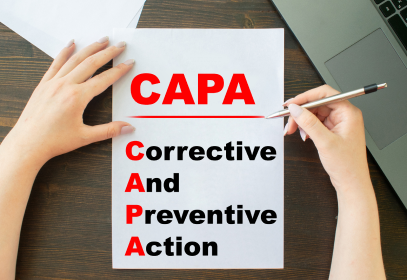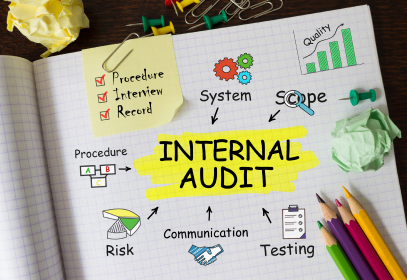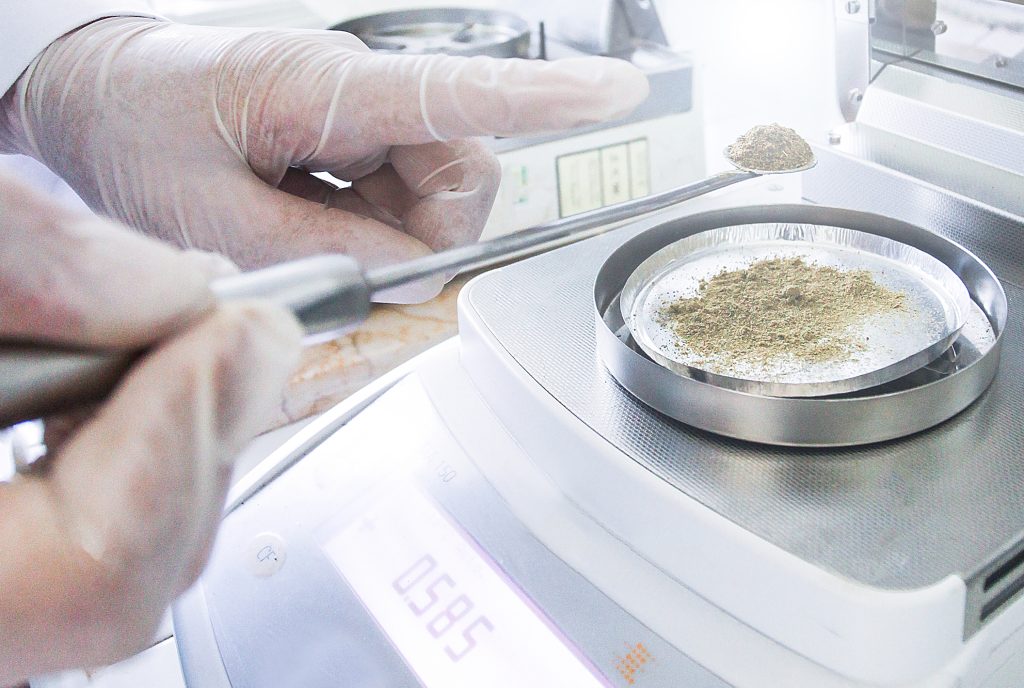Corrections in a food facility can be described as immediate responses to simple, everyday problems that arise, such as correcting an employee’s improper wearing of a hairnet or mopping up a spill on the floor. Corrections can be made on the spot without leadership involvement or changes to procedures or policies.
Corrective actions are the actions taken to eliminate the cause of a non-conformance. An example of a corrective action could include the cleaning and sanitizing of a food contact surface found to be contaminated during a pre-operational inspection. Another example of a corrective action could be replacing a torn O-ring gasket identified during a preventive maintenance task. The purpose of a corrective action is to bring the process back under control following an observed deviation.
Preventive actions are the actions taken to eliminate the cause of a potential non-conformance. In the cleaning and sanitizing example above, a preventive action could include revising the cleaning procedure to include a manual scrubbing step for equipment with repeated pre-operational inspection failures. In the torn O-ring gasket example, a preventive action could include increasing the frequency of preventive maintenance tasks from quarterly to monthly. Preventive actions involve changes to procedures or policies with the intent of preventing future occurrences of the deviations.
In a functional CAPA program, a root cause analysis is the investigation into the source, or root cause, of the deviation. Using tools such as a fishbone diagram or 5-Whys exercise can assist an organization in identifying the true root cause of the non-conformance. Without this information, we cannot implement effective corrective actions, nor can we make sustainable changes to prevent future reoccurrences.
In our next video in the CAPA series, we discuss the importance of documenting root cause analysis investigations, corrective actions, and preventive actions. Subscribe to our YouTube channel or follow us on LinkedIn to be notified of new educational food safety resources.
Watch the CAPA Video Series & Download Related Free Resources








